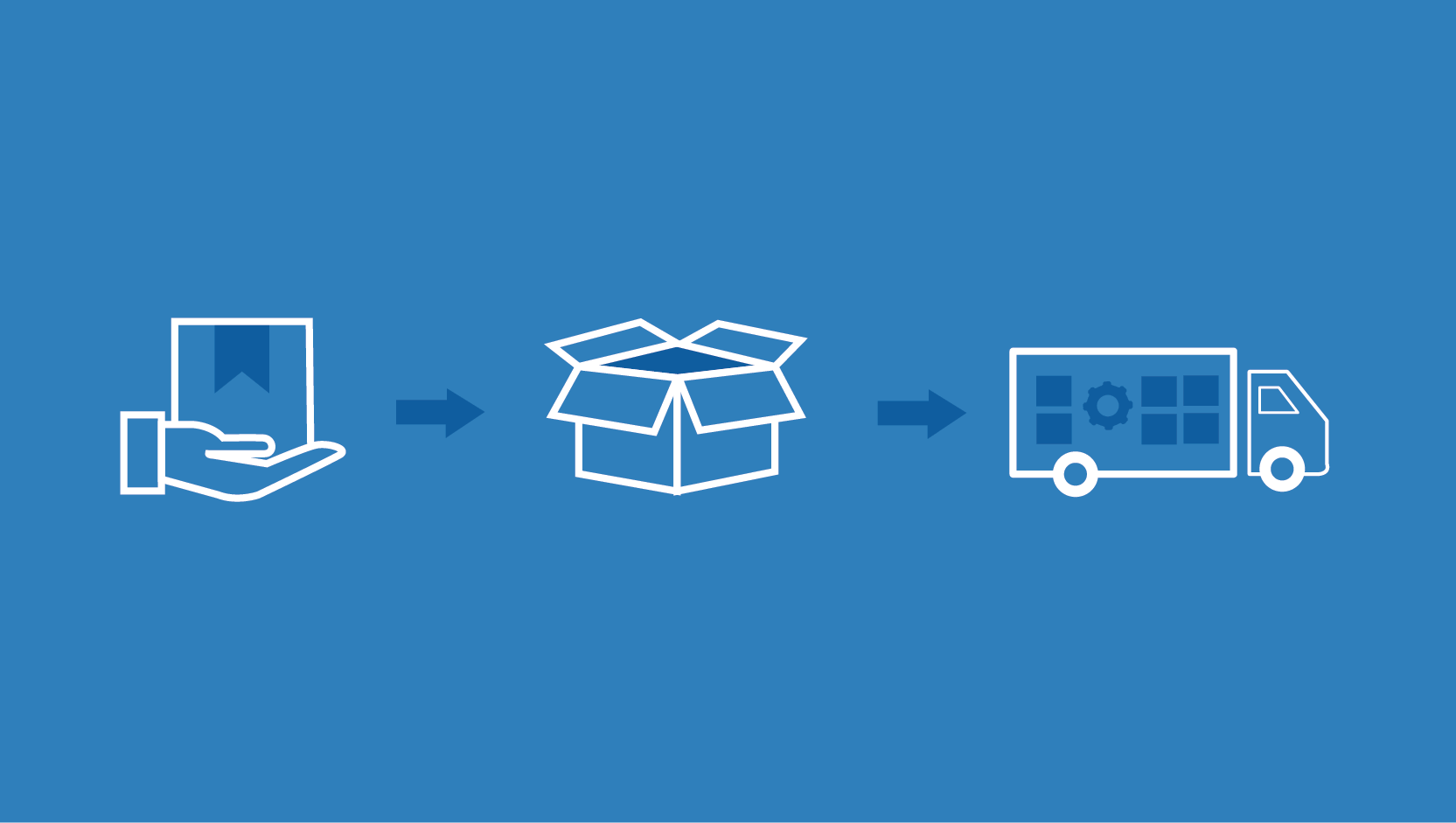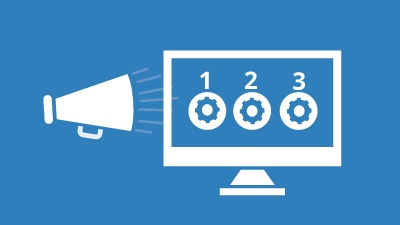Into the Hands of Your Customers: The Ecommerce Pick-Pack-Ship Process

Attention. Interest. Decision. Action. If you run an eCommerce site, you already know how hard it is to get a customer through these phases.
You find a domain name. You build an attractive website. You market your products. You write unique, engaging, and informative product descriptions. You optimize the navigation and ordering experience. You work tirelessly to minimize cart abandonment, and you make payments easy and secure.
But once the customer clicks the buy button, all that goes out the window.
You can have the most beautiful, easy to use website in existence, with product descriptions drafted by the greatest ad agency money can buy. But if you can’t deliver, none of that matters.
At Cloud 9 ERP Solutions, we’ve helped many growing eCommerce companies optimize their pick-pack-ship process with technology, so would like to share some best practices and tips below:
The Ecommerce Pick-Pack-Ship Process
In today’s world of two-day—or same day—shipping, customer expectations have never been higher. What used to be ‘standard’ is now defined by Amazon and many online retailers as ‘no rush’ shipping—complete with a special offer for choosing this option.
To succeed, businesses need to get one simple-sounding process, pick-pack-ship, on point to stand up to the increasingly competitive eCommerce landscape. As you know, this is never as easy as it seems, but the experts at Cloud 9 ERP Solutions can help.
Pick: Pulling Inventory from the Warehouse
Once the customer hits the buy button, the first step in any fulfillment step is to grab the order from the warehouse. Known as the pick process, this happens when a sales order is processed and shipped to the warehouse.
This is a phase where speed and accuracy is key. The difference between a L and an XL may be a few inches, but it also may be the difference between a customer coming back for another order and one who leaves you a bad review and never comes back.
There are many ways to address this, but in order to optimize the process, Cloud 9 ERP Solutions can help you automatically:
- Generate pick lists and packing slips.
- Use barcodes to speed up picking process
- Barcodes on pick lists prevent picking items not included in the order
Pack: Gathering and Packaging Items for Shipment
Once you grab the order and put it on the cart, now comes the stage of preparing an order for shipment. Space-efficient shipping can save you money, the right protection can avoid a bad review, and orders need to be double checked before the tape is sealed and the label is applied.
At Cloud 9 ERP solutions, we offer software designed to speed up the pack process that can help you achieve the following:
- Provide adequate package size and packing material to ensure safe transport.
- Support barcodes and lot/serial numbers to ensure accurate order completion.
- Easily correct errors in amount, weight, items, and so on.
- Integrate with digital scale and printer to automatically weigh and print labels and packing slips.
Ship: Getting the Products to the Customer
Considered the last mile, shipping the product is often the phase in which you nave the least control That said, it’s important to control what you can—if your customer wants and pays for overnight shipping, you best deliver it. This is a phase where an inaccuracy can either cost you more money or cost you a customer. Ship overnight when the customer was fine with ground? You just cost yourself inordinate amounts of money. Do the opposite? Be ready for an angry call tomorrow.
Here’s how a warehouse management system from Cloud 9 ERP Solutions delivers:
- Ensure prompt pickup through your preferred carrier.
- Automate shipment label generation
- Set up automatic tracking on all shipments.
- Notify customers of shipment progress through each stage of order fulfillment.
As a real-life example of shipping optimization, Cloud 9 ERP Solutions helped Caswell Plating improve customer communications with Acumatica.
Because tracking numbers were only generated at the end of each day for Caswell Plating, customers didn’t know until the next day that their order was shipped and on its way. When busy employees frequently forgot to process the tracking numbers at night, someone had to spend an hour regenerating the tracking numbers and uploading them into Magento. That’s because when an additional order came in the next day, the previous day’s upload would be gone.
“Now everything is downloaded automatically and tracking numbers get uploaded every hour, which allows customers to stay informed about their order as it happens,” Caswell said.
Acumatica Warehouse Management: Delivering Speed and Accuracy
Acumatica WMS is part of Distribution Edition and integrates with the Acumatica Commerce Edition to help you accurately and efficiently manage your advanced warehouse needs in wholesale, manufacturing, retail and other industries. Designed to help you take control of your warehouse processes, this module automates previously-inaccurate processes for eCommerce companies and lest you do more in less time.
New in 2019 R2: Ship Smarter with ShipEngine and Acumatica
Added in the newest release of Acumatica, 2019 R2, this leading ERP company has begun to work with ShipEngine, a ‘carrier aggregator’ of sorts that allows you to work with over 20 different carriers to reduce costs, ship internationally more easily, and do so without having to worry about a custom-built integration.
Among the many benefits:
- ShipEngine gives access to more carriers, without Acumatica or Partner created plugins for each one.
- ShipEngine supports international shipments and UPS ground freight.
- With ShipEngine, you can ship to US territories like Puerto Rico, Guam, etc.
- ShipEngine, has added support for Canadian based Carriers, such as CanadaPost, Purolator, etc.
- Additionally, carriers in the UK and Australia can be used with ShipEngine.
Get to know more about this and other features by watching our informative videos on the new enhancements in 2019 R2 and watch our introduction to ShipEngine in Acumatica below:
Let Cloud 9 ERP Solutions Help You Run Your Store More Efficiently
Here are just some of the benefits one of our customers, Caswell Plating, is realizing after we implemented Acumatica in just 10 days:
- Reduced invoicing from a full day's work every day to one hour a day, freeing staff to focus on more strategic issues
- Eliminated days of downtime caused by software ugprades
- Reduced need for IT support by 10 hours a month
- Gained insight into inventory levels
- Gained agile platform for growth of several companies without adding accounting headcount
Caswell Inc. is much more efficient due to many automatic processes, Caswell said. The biggest time savings has come from not having to print out separate orders, invoices and receipts from Magento, the company’s online store, input them into Everest, connect them to shipping invoices and tracking numbers and then upload them back into Magento. “If we had 50 orders a day, it took one person all day to process,” Caswell said. “Now, because everything is integrated and batched, the whole invoicing process takes only an hour as opposed to all day, which freed up a whole staff member.”
Additional eCommerce Resources
How Cloud ERP Can Benefit eCommerce
3 Reasons it May Be Time to Break Up With Your eCommerce ERP System


